UAB in Antarctica 2023
- Details
- Written by: Maggie Amsler
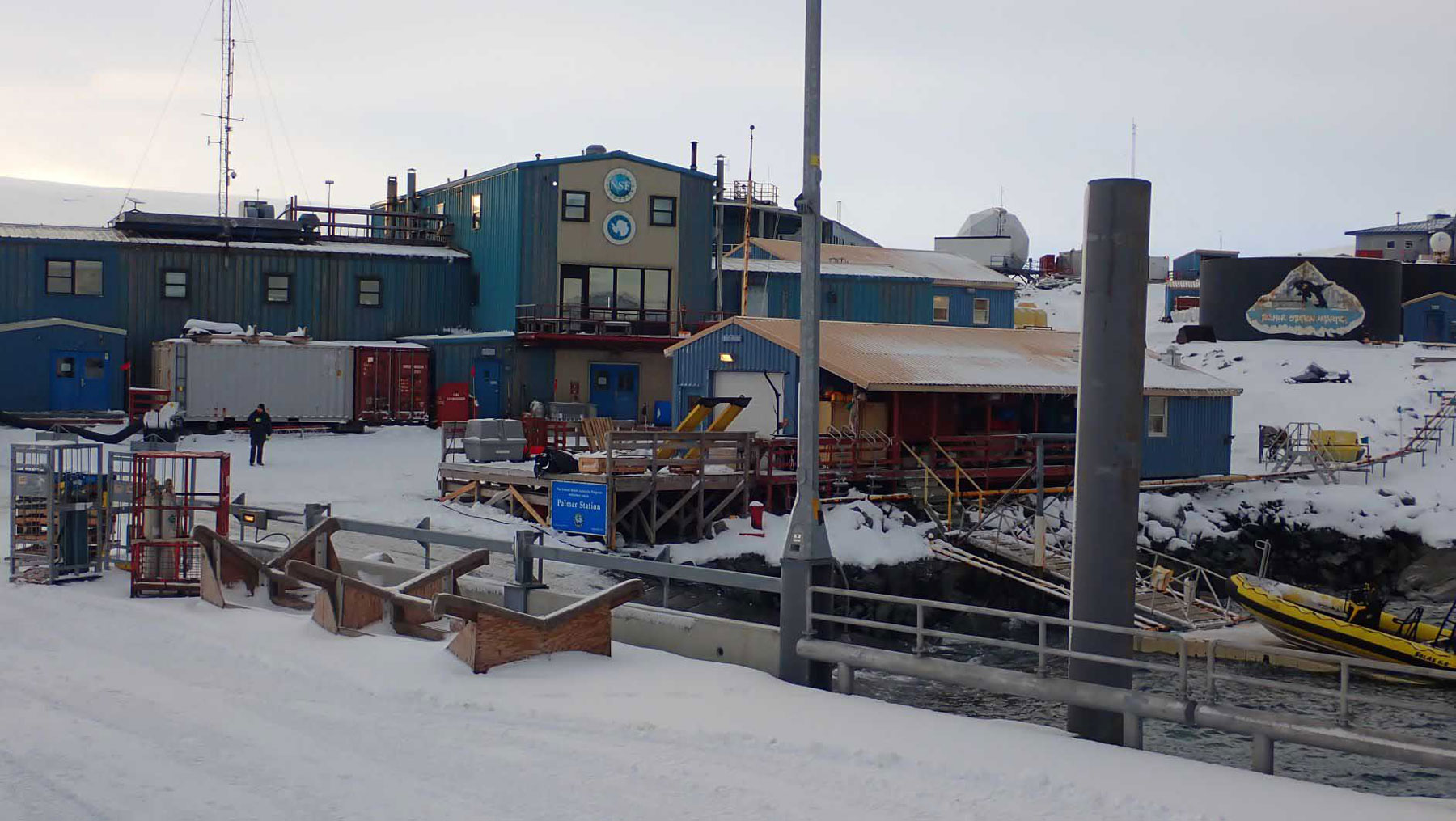
April brings dramatic changes to Palmer. The days grow rapidly shorter – literally by losing about 6 minutes of daylight each day so that breakfast is now in the dark, dinner the sun, if seen is dropping into the horizon. Winter is clearly setting in as also evident in the early morning station opening image - recent persistent snowfalls whitewashing Palmer’s rocky terrain.
- Details
- Written by: Jim McClintock
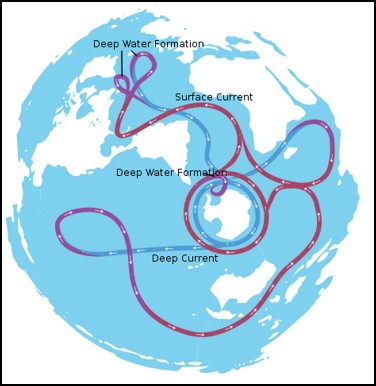 In my last blog I painted a ‘big picture’ view of the impacts of current and anticipated ocean acidification, both globally and in the icy seas surrounding Antarctica. Additional blogs by Jami and Addie described in detail our team’s experiments on the prospective biological impacts of ocean acidification being carried out at Palmer Station.
In my last blog I painted a ‘big picture’ view of the impacts of current and anticipated ocean acidification, both globally and in the icy seas surrounding Antarctica. Additional blogs by Jami and Addie described in detail our team’s experiments on the prospective biological impacts of ocean acidification being carried out at Palmer Station.
- Details
- Written by: Hannah Oswalt

A large amount of focus has been given to our main experiment this season. While this experiment is very important, I think its unfair that some of our other projects haven’t been given the attention they so rightly deserve. Well, not today! In this blog post, I will tell you all about my two palatability experiments I ran this season.
- Details
- Written by: Maggie Amsler
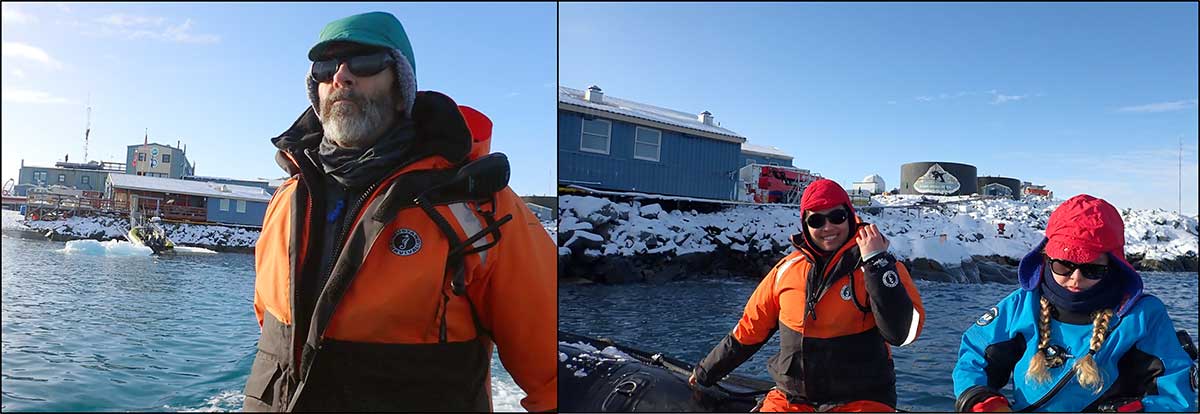
Team UAB in A was all smiles departing station in our trusty black rubber ship under the command of Captain Chuck. Thanks to high winds, it had been over a week since we had gotten out on and in the water. This sunny, near windless day Hannah and I would have a very pleasant dive conducting a video transect of a local site. Below is a snatch of what we swam amongst.
- Details
- Written by: Jami de Jesus
One of my favorite places to be is in a boat, but when I’m not out in a Zodiac in my sea boots and bright orange Hellies and float coat, I can often be found indoors, clad in much less conspicuous garb – well, unless you count my banana print Crocs as conspicuous. Where do my flashy feet and I spend time when I’m not dive tending or helping with the experiment? See the station from my perspective in this whimsical tour of Palmer featuring my main haunts and treasured station features.
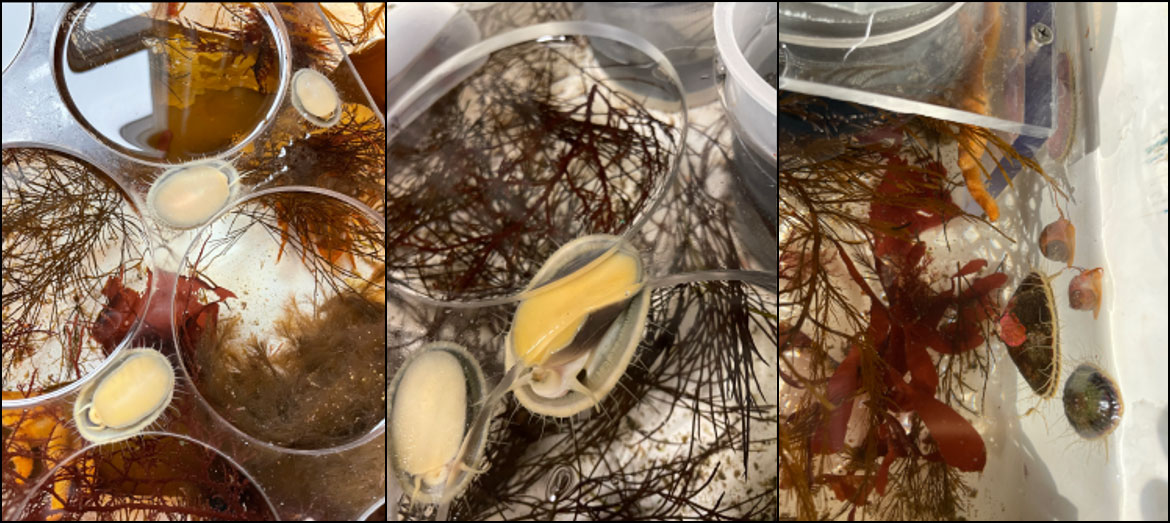
- Details
- Written by: Chuck Amsler
Last week we had the opportunity to go on a ‘dive trip’ beyond our normal boating and diving range. We usually dive from open, Zodiac boats as you’ve read about in other posts, and we don’t go out of what is referred to as the “local” boating area. That is within a radius of two to three miles from the station. A main reason for staying relatively close is because if a diver somehow had a bad leak in their dry suit (unlikely, but not impossible) going much further would make for a very cold ride home.
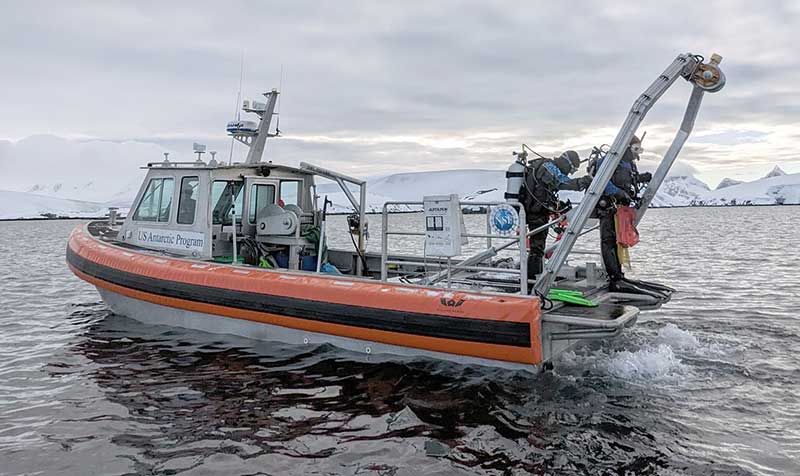
- Details
- Written by: Hannah Oswalt
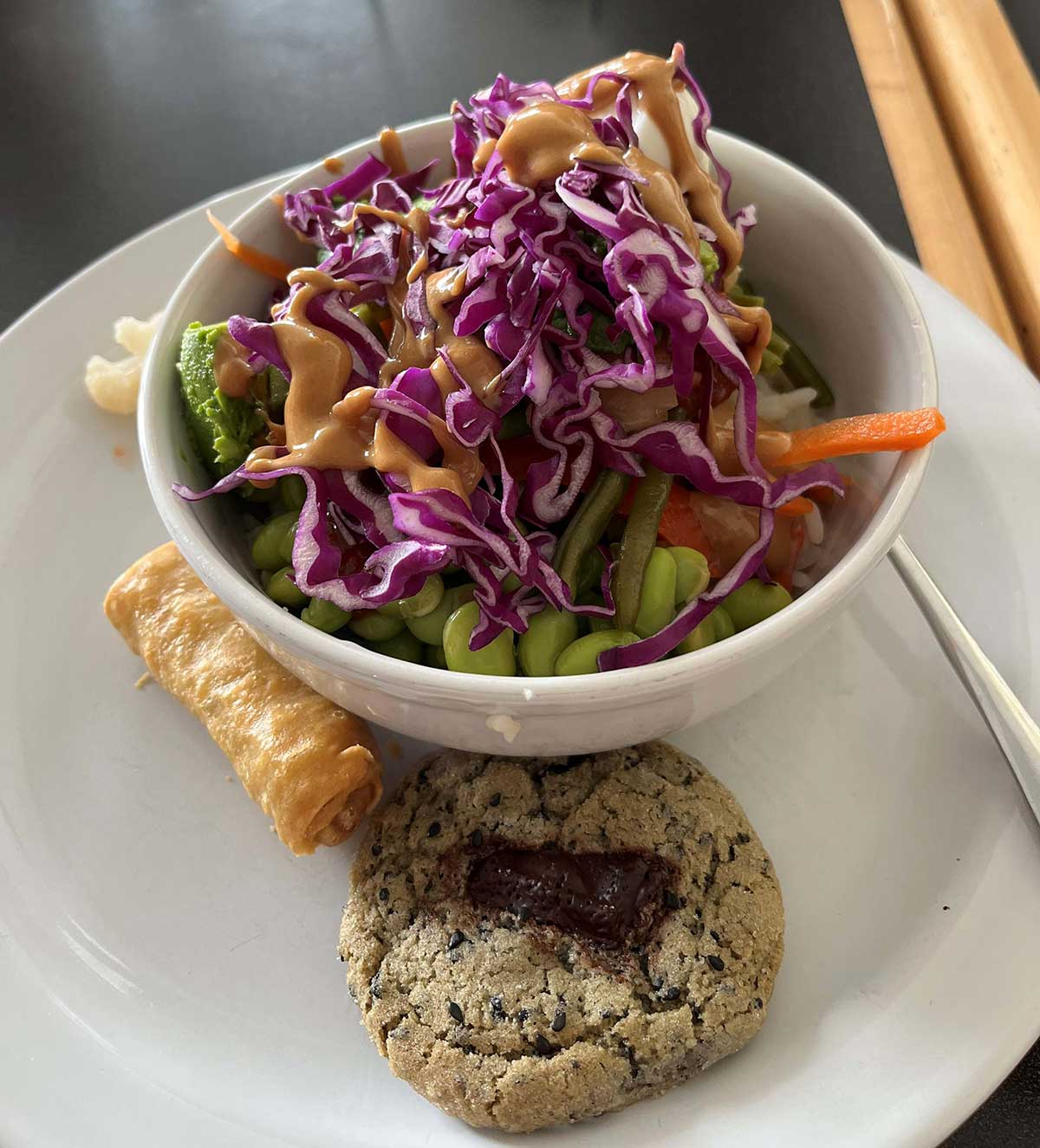 Antarctica is renowned for its isolation from the rest of the world. There are no cities on the continent. No homes, no businesses, and, most importantly, no grocery stores. This can become a problem when you are trying to feed forty-five people on station, and the closest grocery store is days away.
Antarctica is renowned for its isolation from the rest of the world. There are no cities on the continent. No homes, no businesses, and, most importantly, no grocery stores. This can become a problem when you are trying to feed forty-five people on station, and the closest grocery store is days away.
- Details
- Written by: Maggie Amsler
I have been doing a lot of diving lately. Most of my underwater excursions (6 in the last 4 days!) have included videotaping the lovely communities living on the seafloor in the waters around the station. Much of what we see is permanently attached to large rocks so we cannot collect them to live temporarily in the station’s sorting table. For today’s episode of All Creatures I will use scene grabs from the videos to introduce you to creatures that are fixed in place. Read on to ‘be at home’ with these homebody critters.
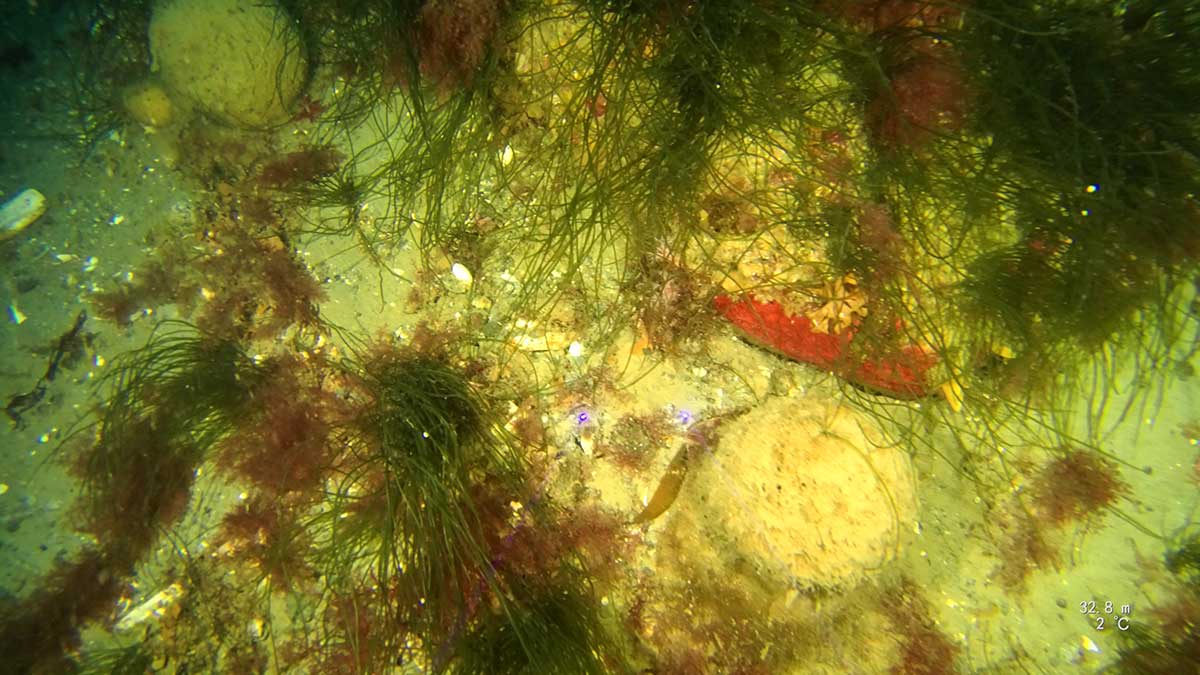
- Details
- Written by: Addie Knight
The time came for me to pack up my belongings and head back home. Leaving station, I had lots of mixed feelings. I’d made so many great friends who I knew I wouldn’t be able to see nearly as often, and I was sad to leave the beautiful ecosystem I’ve gotten to know over the past few months behind. However, I was also really missing my friends and family in Alabama and was excited to get back. As the ship got loaded up and ready to leave, I shared emotional goodbyes with all my friends, including Hannah, Jami, Chuck, and Maggie, who are staying on station to continue the experiment. I stalled for as long as possible before finally boarding the LMG and waving to Palmer Station as we pulled off the pier and into the Southern Ocean.
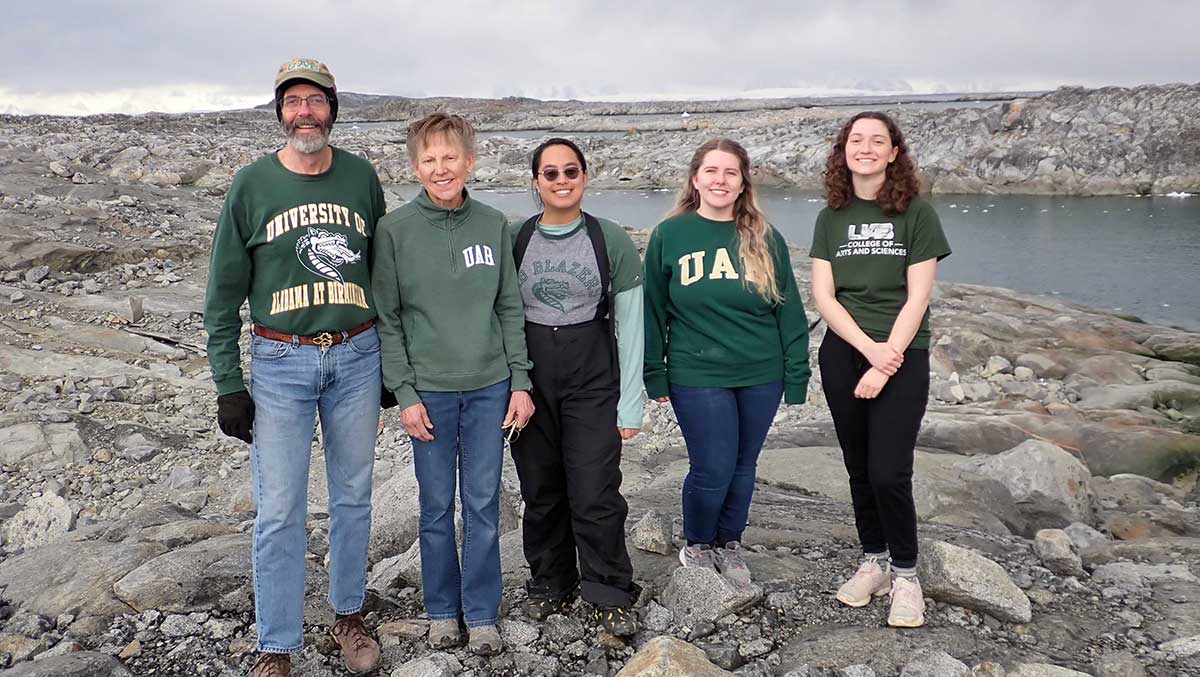
- Details
- Written by: Jami de Jesus
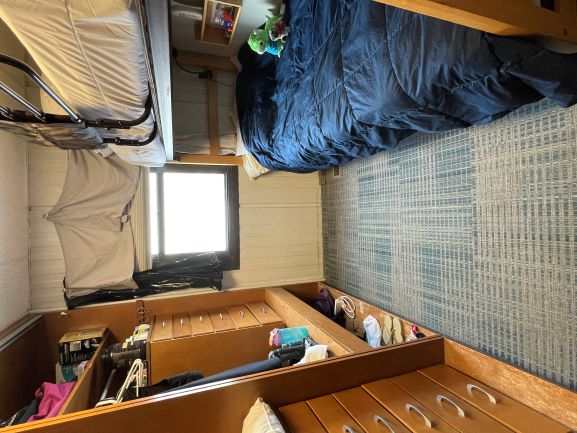 In my last post, I mentioned we typically do water chemistry in the morning and save the afternoon for dives and other activities. What are these other activities I spoke of? Read on if you’re wondering what’s the buzz and what’s a-happenin’ at Palmer.
In my last post, I mentioned we typically do water chemistry in the morning and save the afternoon for dives and other activities. What are these other activities I spoke of? Read on if you’re wondering what’s the buzz and what’s a-happenin’ at Palmer.
- Details
- Written by: Chuck Amsler
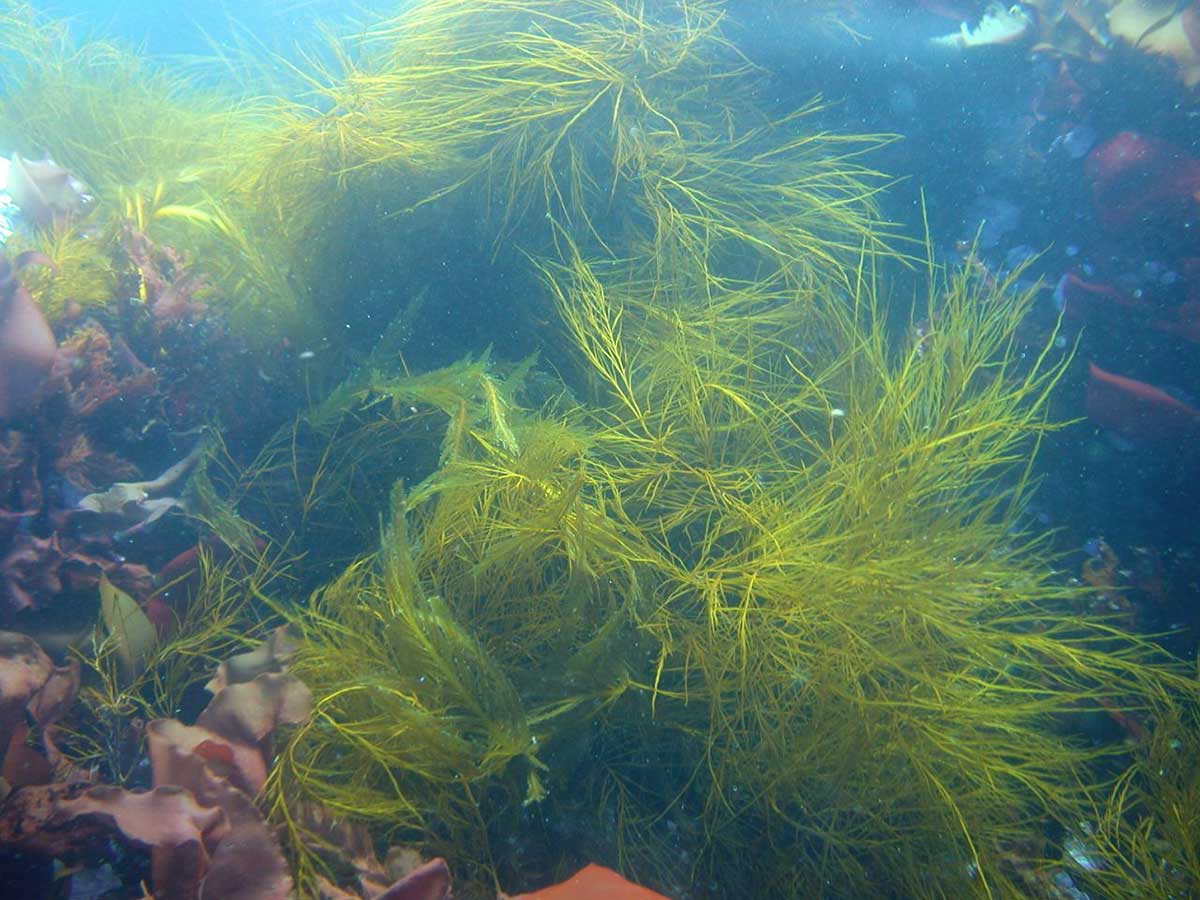 I’ve been spending my last posts talking about diving and am still are not quite yet done with the topic. But I thought that this time I’d talk a bit about what we see on those dives. I might just as well start with what we see most, which are macroalgae (or "seaweeds", which means pretty much the same thing as "macroalgae").
I’ve been spending my last posts talking about diving and am still are not quite yet done with the topic. But I thought that this time I’d talk a bit about what we see on those dives. I might just as well start with what we see most, which are macroalgae (or "seaweeds", which means pretty much the same thing as "macroalgae").
- Details
- Written by: Hannah Oswalt
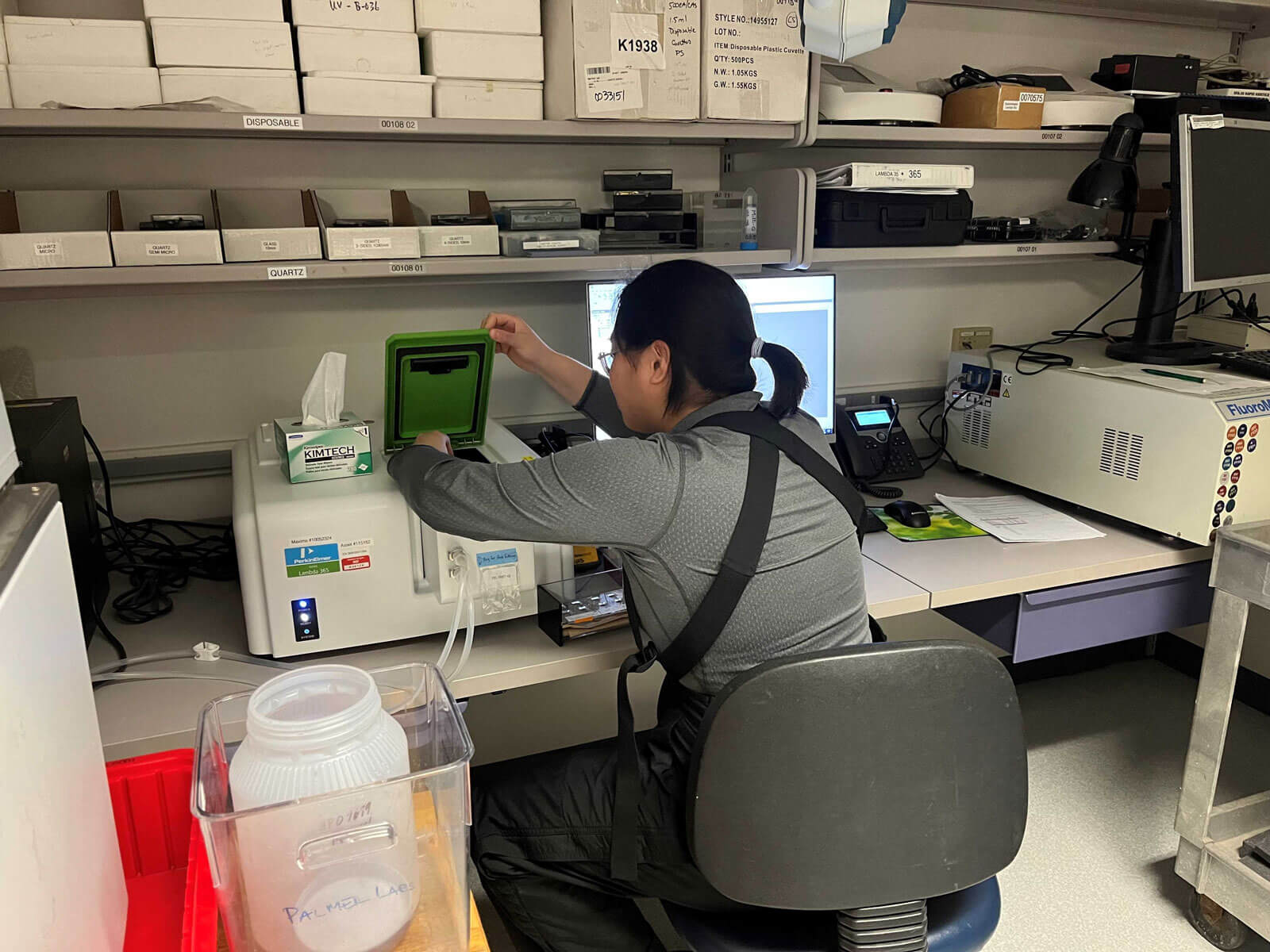 A couple of weeks ago, we were able to start our main experiment for this field season that took nearly two months to set up. While this was a super exciting accomplishment, our team’s work is far from over. There are certain tasks (like titrations, spec work, and molt collecting, oh my!) that need to be completed daily. These tasks not only help ensure that our pH treatments are correctly set, but also allow us to collect some of our data throughout the experiment. Today, I am going to walk you through a typical workday for experiment maintenance.
A couple of weeks ago, we were able to start our main experiment for this field season that took nearly two months to set up. While this was a super exciting accomplishment, our team’s work is far from over. There are certain tasks (like titrations, spec work, and molt collecting, oh my!) that need to be completed daily. These tasks not only help ensure that our pH treatments are correctly set, but also allow us to collect some of our data throughout the experiment. Today, I am going to walk you through a typical workday for experiment maintenance.
- Details
- Written by: Maggie Amsler
In my previous All Creatures entry I introduced you to two local stars – seastars that is- in the waters around Palmer Station. As members of the phylum Echinodermata, sea stars have a large and diverse extended family, as the opening image reflects.
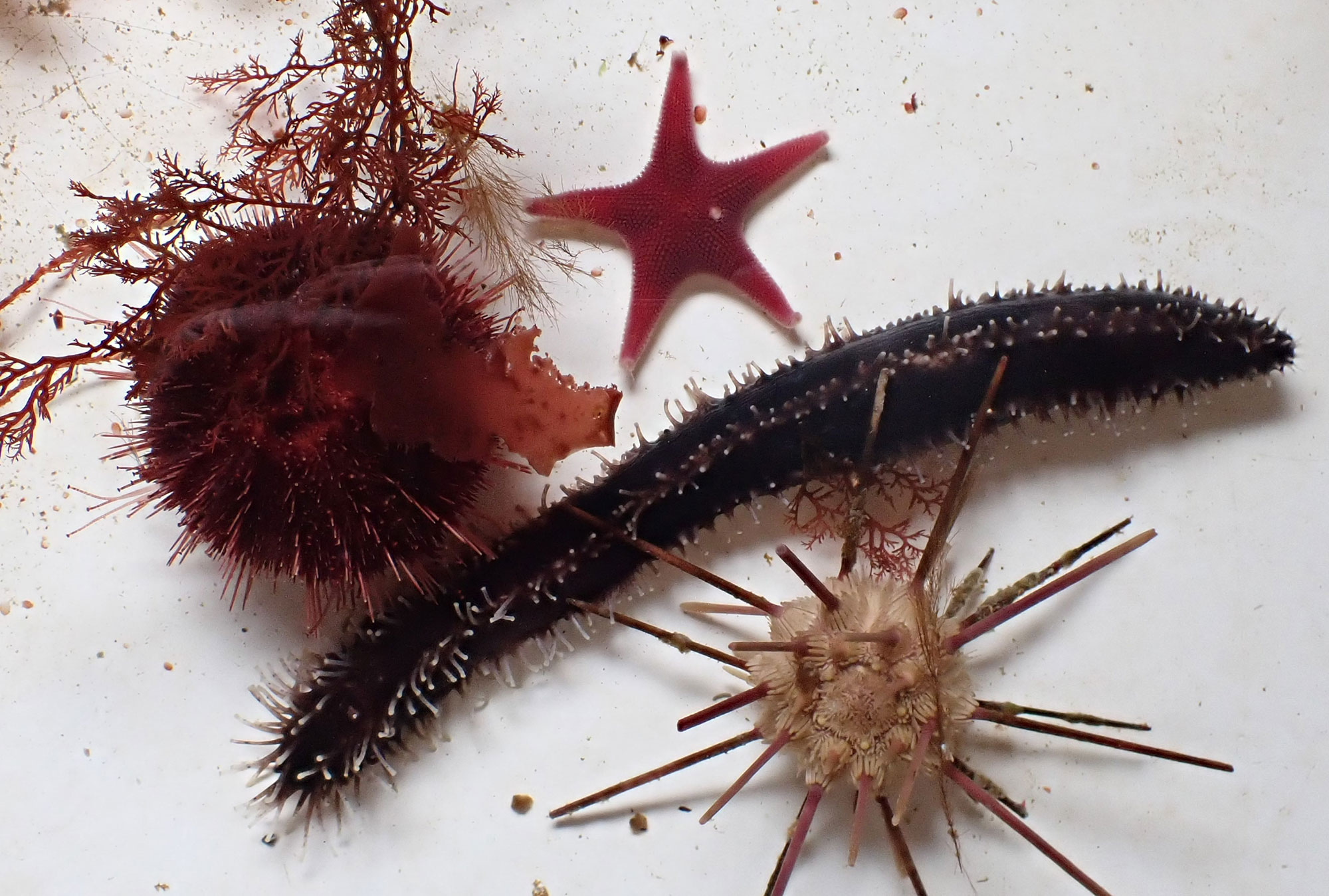
- Details
- Written by: Jami de Jesus
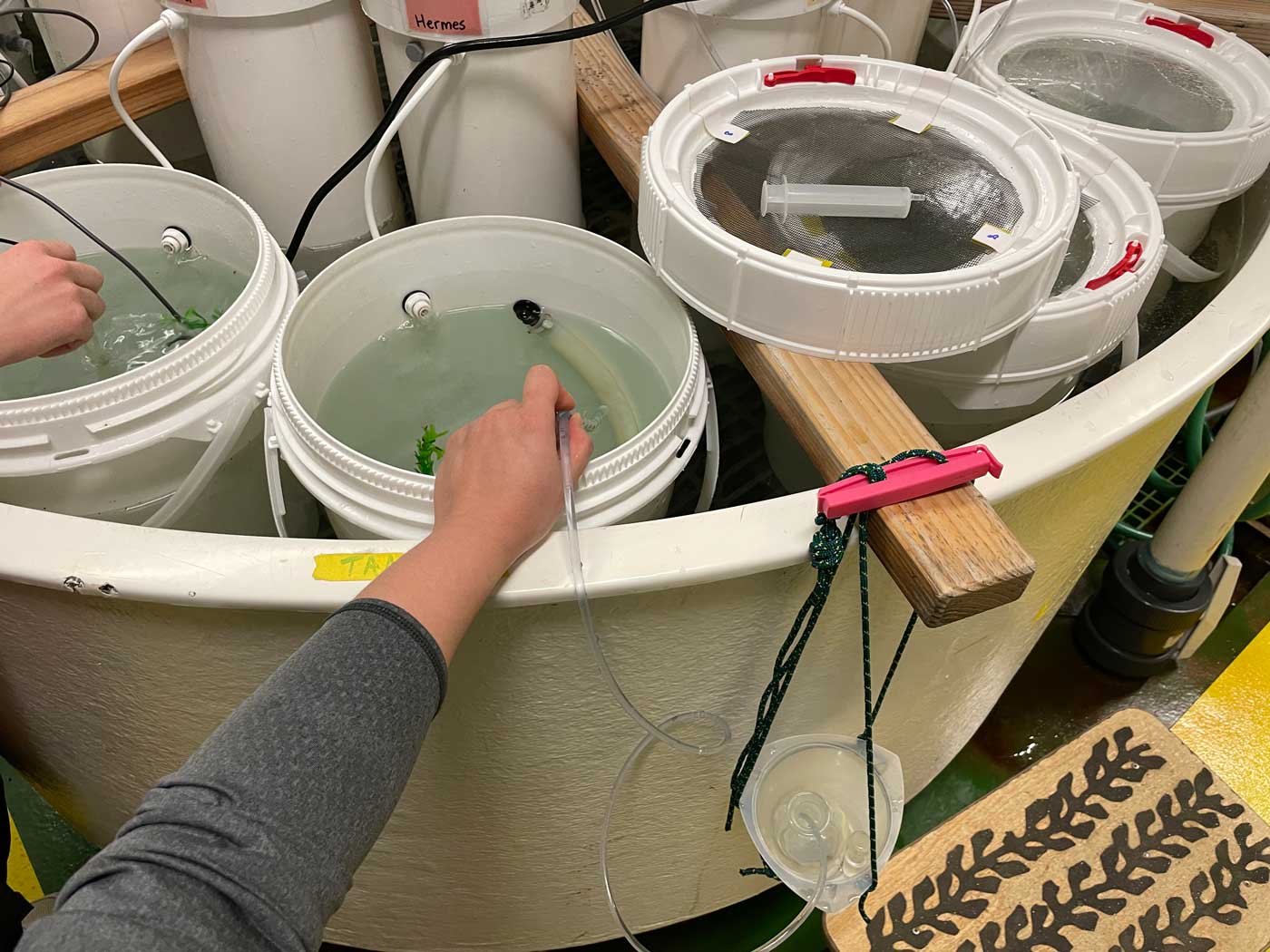 If you’ve read Addie’s latest post, then you know that the experiment is now officially underway! Read on to find out more about the water chemistry we do each day and why.
If you’ve read Addie’s latest post, then you know that the experiment is now officially underway! Read on to find out more about the water chemistry we do each day and why.